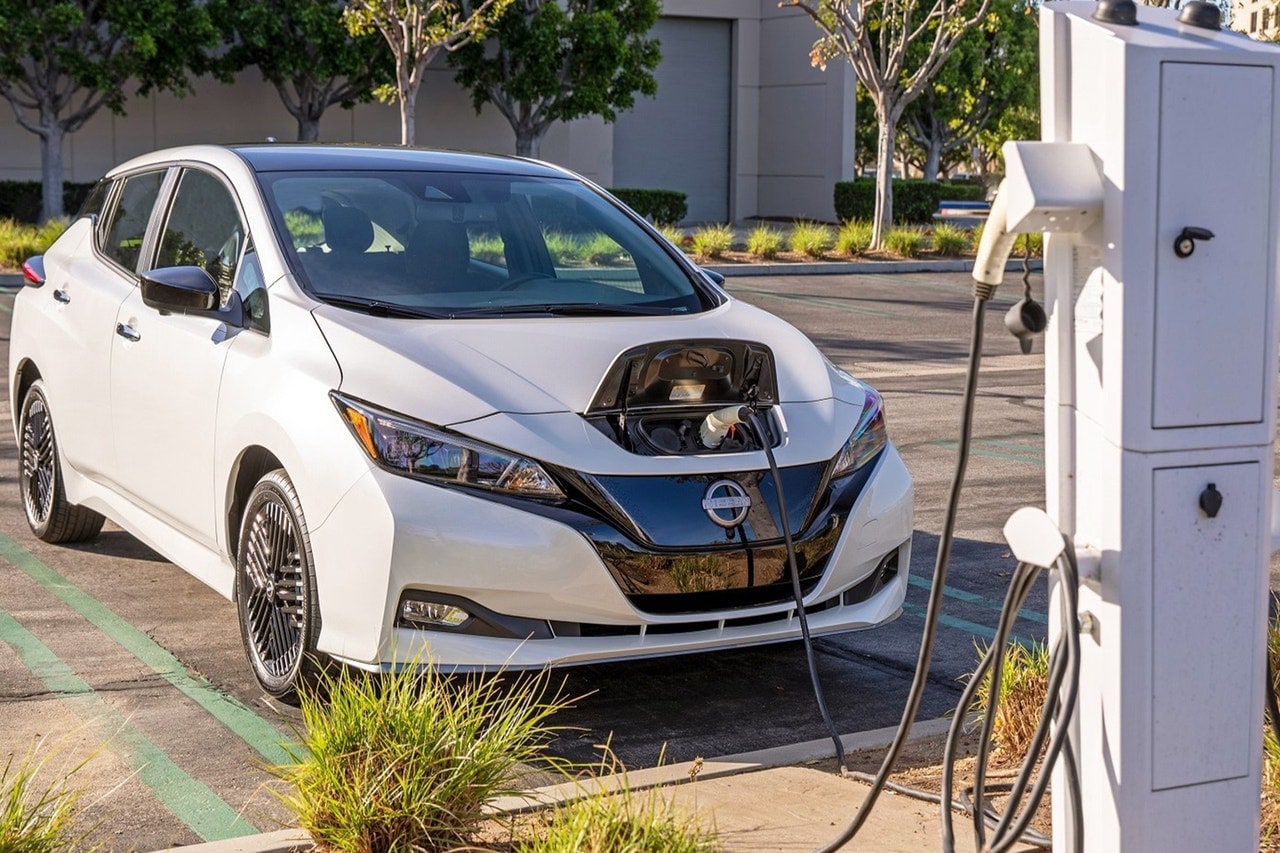Average electric car battery lifespan and warranty
Most electric car batteries are built to last at least 100,000 miles, which coincides with the federally mandated warranty that all automakers must adhere to. A battery that fails before 100,000 miles is likely due to a manufacturing defect and would be covered under warranty.
Beyond 100,000 miles, however, the answer is less clear. Most electric cars on the road today are still powered by their original batteries.
According to Recurrent Auto, a battery health research firm, only about 2.5% of electric car batteries out of its sample size of about 20,000 EVs have been replaced to date. This number excludes recalls, such as recent replacement programs for the Chevrolet Bolt and Hyundai Kona due to defects, and accounts only for batteries replaced due to aging. Of that sample size, most cars that have replaced batteries are 2015 or earlier models. That said, there are other metrics and factors to consider when estimating the lifespan of an EV battery.
Factors affecting electric car battery lifespan
If you've kept a cellphone or laptop long enough, you'll know the woes of waning battery life. Over time, battery cells lose the ability to hold as much charge as when they were brand-new. This process is often called battery degradation. But many variables factor into degradation, such as climate, charging routines and driving habits.
Charge cycles: Every full charge and discharge cycle (going from 100% to 0%) fractionally reduces a battery's overall capacity. EV batteries are expected to have between 1,000 to 2,000 charge cycles in their lifespan, according to Recurrent and Midtronics. Over the course of hundreds or even thousands of charging cycles, a vehicle's range eventually takes a hit. Does that mean that once you charge your electric car 1,000 times, it will die on you? That's not likely to happen since people rarely fully discharge their EV's battery, and similarly, several automakers limit the maximum charge of the battery to preserve its health. Instead, degradation occurs slowly over time.
A 2019 report from Geotab, a transportation analysis company, sampled data from 6,300 electric cars and found that batteries lose about 2.3% of maximum capacity per year. Translated to range, that's an annual decline of about 1% to 2% of range. If you buy a new EV with 300 miles of EPA-estimated range, you might only expect around 267 miles five years later due to battery degradation.
Charging habits: The advice you've probably heard about charging your smartphone also applies to EVs: You don't want to deplete the battery, nor do you want to fill it to the brim. The general rule of thumb is 80%/20%: Don't dip below 20% state of charge and don't add more than 80%. Some experts say 90%/10% is also OK, but the principle is the same: Regularly draining and filling the battery stresses the chemical composition and battery components and will shorten its life. Like smartphones, most modern EVs can self-regulate charging, either by reducing the charge rate or ending the session past a certain threshold.
Fast charging is another stressor that can shorten battery life. In one study, the Idaho National Laboratory compared a group of Nissan Leafs regularly recharged with DC fast charging with those using regular Level 2 charging, such as you'd find at a public charger or home wall box. After 50,000 miles, the fast-charged Leafs showed about a 3.5% drop in capacity compared to Level 2-charged Leafs. In real-world terms, this only amounted to about 3-6 fewer miles of range (depending on speed). But double that result to 100,000 miles or more over the lifespan of a battery, and you can see how the long-term range will gradually decrease.
Experts suggest using Level 2 charging whenever possible and saving DC fast-charging sessions for road trips or when you're in a hurry — maybe not the most practical advice since hurried is the normal state for most of us. It's just worth remembering the hit your battery takes every time you recharge it with a firehose of electrons.
Climate: Lithium-ion batteries and cold weather don't mix. Cold temperatures affect the electrochemical reactions in the battery, leading to slower charge rates and longer charging times. The Idaho National Laboratory analyzed data from a New York EV taxi fleet and found that fast-charging rates slowed more than 30% at 32 degrees Fahrenheit, compared to fast charging at 77 degrees. For drivers with little choice but to charge in freezing temperatures, this means budgeting more time into your charging sessions.
Heat also takes its toll. At 95 degrees and above, EV batteries start to overheat as the movement of internal ions increases, resulting in faster discharge, reduced range, and less efficient power delivery. Internal battery resistance also increases, which, as in cold weather, leads to slower charging. But these effects can be mitigated. Precooling interiors while plugged in, avoiding DC fast charging in hot temps, and maintaining steady speed and acceleration reduces battery demand and can, in small, cumulative ways, extend battery life.
Driving style: Just like with a gas engine, driving habits affect battery health and efficiency. While an EV's instant surge of torque and acceleration is intoxicating, it's also a great way to diminish battery life since rapid acceleration places high demand on current draw. Consistently asking the battery for big bursts of power — magnified by the size and aerodynamic profile of the car or truck — is inefficient and a sure way to shorten battery life and capacity. Regularly towing heavy loads or traversing steep inclines also places high demand on a battery. Even in those heavy-duty use cases, though, a smooth and steady foot is the best way to care for your EV.
Witnessing battery degradation in our fleet
Our own long-term Tesla Model Y experienced some battery degradation of its own. Thanks to Southern California's favorable climate, our Model Y experienced less degradation than the 2.3% annual average. We took delivery of our Model Y early in 2020, and in four years and 40,000 miles, the car lost only about 5% of its total range. Originally, when fully charged, the Model Y went about 263 miles on a full charge. By the end of our test, that figure maxed out at 245 miles. You could argue that our Model Y had a harder-than-usual life, as it was often charged to 100% and was put to the test in several drag races during the time we owned it.
How good are EV battery warranties?
Not everyone lives in such a moderate climate and will experience the relatively modest range loss we saw in our Model Y, but luckily for consumers, a big concern is already taken care of. The federal government mandates that EV manufacturers offer at least an eight-year/100,000-mile warranty on all EV batteries.
The specifics of the warranty coverage depend on the manufacturer. For example, if your Tesla's battery falls under 70% of its original capacity while under warranty, Tesla will replace it. Hyundai, for its part, says its batteries "will not degrade more than 70 percent of the original capacity during the warranty period," and Volkswagen makes the same guarantee.

 by
by  edited by
edited by